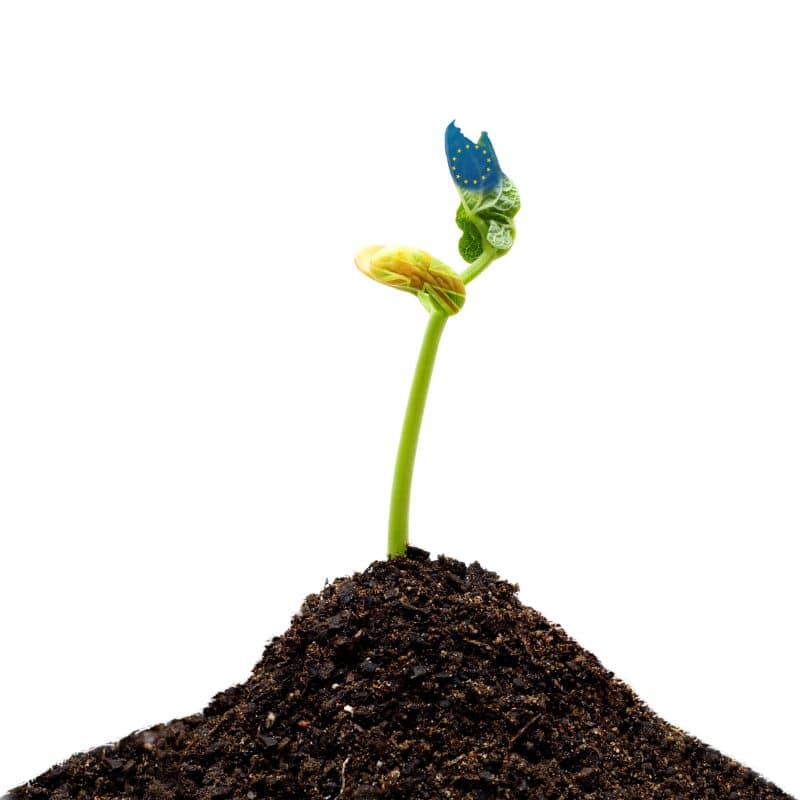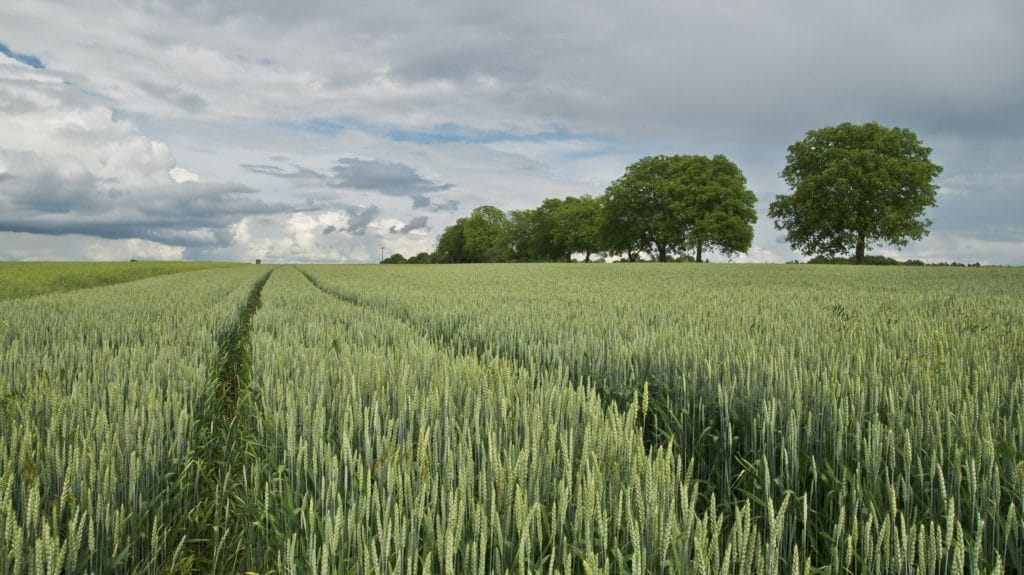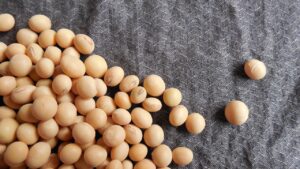A global consortium of scientists has untangled the genome of the fungus Phakopsora pachyrhizi, which causes Asian soybean rust — one of the most damaging plant pathogens of the past century, according to a release from the Sainsbury Laboratory.
Phakopsora pachyrhizi has one of the most notoriously complex and large genomes, but the identification enables the development for more innovative and science-based solutions to combat the pathogen.
Though Asian Soybean Rust Consortium and the 2Blades research group located at the Sainsbury Laboratory announced the successful assembly of the genome in 2019, it’s large size and complexity required further effort to complete the analysis. The biggest challenge, the release notes, is the presence of an additional nucleus within the P. pachyrhizi genome. That additional nucleus means the genome possessed two separate sets of t genetic instructions, which had to be separately determined.
“Completing the genome and analysis was a major undertaking, but we brought together the resources of a unique consortium of public and private partners and produced this high-quality annotated sequence,” stated Peter van Esse, former 2Blades group leader and current board member. “The unprecedented resolution provided insights into the high degree of transposable elements within the genome, a key insight for the development of resistant varieties.”
The research team was able to find a number of insights into the pathogen’s adaptability, with one of the most interesting discoveries being that 93% of the genome consists of transposable elements, or “jumping” DNA that can move around the genome. Typically, most fungi have 10-40% of transposable elements — but this discovery helps to explain P. pachyrhizi’s adaptability to environmental conditions and a range of hosts.
“Asian Soybean Rust has been known to destroy up to 90% of a soybean harvest, costing soybean producers billions of dollars each year. Understanding the pathogen is critical to the development of new control strategies to combat P. pachyrhizi in the field,” says study co-author Yogesh Gupta, project leader at 2Blades.
Asian Soybean rust is particularly a challenge in Latin America, where 210 million metric tons of soybean are projected to be produced in 2022-2023 alone according to the release. The largest producer, Brazil, has costs that exceed $2 billion per year to manage soybean rust with the help of fungicides.













